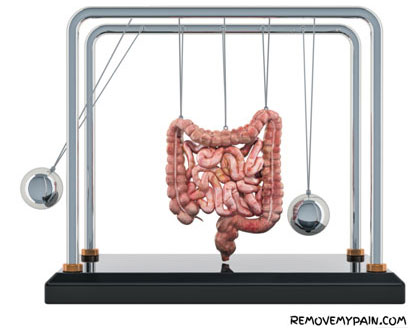Pain in cancer may arise due to many reasons and is often the presenting complaint leading to the diagnosis of cancer. It may be
Pain can be of differentiated into background pain (which is always present in the background and is managed with regular medications) and breakthrough pain (pain which breaks through your regular pain relief). Breakthrough pain may occur unprovoked or may be triggered by external or internal factors. In cancer patients different types of pain may coexist. It is not just limited to pain arising from inflammation and tissue damage for example cancer of pancreas spreading to neighbouring organs and nerves leading to visceral and neuropathic pain respectively and a distant spread to bones producing bone pain. Different types of pain present differently for example
Pain relief needs to be tailored to the cause, severity and duration of pain. In most cases a reasonable control can be achieved by using a combination of methods. Multimodal, Multi disciplinary approach provides the opportunity to maximise pain relief and provide support not only for the physical needs but also for the emotional, spiritual and social needs.
Some of the management options available via a pain clinic are
This involves using different classes of medications to optimise the pain control. Using a combination of drugs helps to minimise side effects and maximise the benefits. Whilst considering the drug therapy many factors need to be considered like type of pain, cause and severity of pain, other medical problems and medications being used, medications tried previously, pre existing nausea/vomiting, constipation, ability to take and absorb medications, liver and kidney function etc. Apart from the standard medications mentioned in other sections some other medications are used more often in cancer pain such as steroids, bisphosphonates (for bone pain).
Nerves are commonly targeted in pain relieving interventions for example pudendal nerve for perineal or rectal pain, suprascapular nerve for shoulder pain, intercostal nerves for chest wall pain etc. The pain impulses being transmitted via the nerves can be temporarily blocked using local anaesthetics. The transmission of impulses can be reduced for longer duration using Neurolytic procedures, which involve injection of alcohol or phenol instead of local anaesthetic. Examples of neurolytic procedures include

Certain procedures such as pumps to deliver medicines directly in the spine (intra thecal pumps) are performed more often for cancer pain.
Cancer is often accompanied by anxiety, depression and fear of the worst. A psychologist can help in analysing these thoughts rationally and developing a positive approach. They can help by teaching relaxation techniques, coping strategies and by reducing the effect of mood on pain.
Complementary and alternative therapies including Acupuncture, TENS, meditation, ayurveda and wellness. For more information on how these can be helpful please follow the respective links
